| Columns Retired Columns & Blogs |
California Audio Labs Tempest CD player Measurements
Sidebar: Measurements

The bulk of the test data relates to the original Tempest. As regards frequency response (fig.1), this deck was less flat than most; not only does it have the usual Philips 14-bit system HF ripple, which imparts a subtle but identifiable sonic signature, it also showed a hint of treble lift (+0.2dB) by 20kHz, coupled with a 1dB droop in output by 20Hz (into the 11k chart recorder load) due to the finite size of its output capacitors. In consequence, input impedances in the 50k–100k ohm range are recommended to help maintain good bass extension. 100k loading gave a 20Hz response within fine 0.03dB limits.

Tempest revised maintains the treble lift; indeed, it was perhaps a mite brighter (fig.2). Channel matching was very good, measuring exactly 0dB at 1kHz with no phase differential. Very good channel separation was recorded at just under 100dB midband, degrading a little to 73dB by 20kHz. As noted earlier, the early Tempest was marred by absolute phase inversion, but the impulse response still showed a linear-phase characteristic. In the current player, impulse response is identical, apart from being non-inverting.
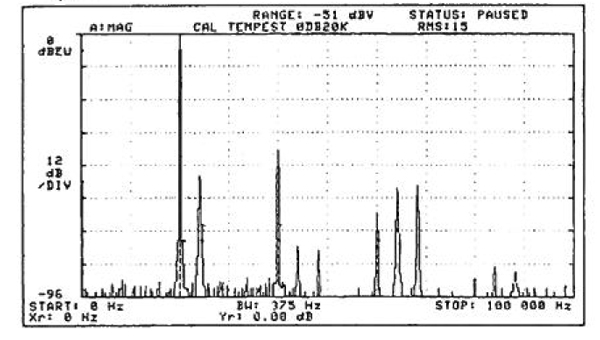
At full modulation, the harmonic distortion levels were little better than –60dB or 0.1%, this a function of the heavily driven tube amplifiers rather than of the digital system. Thus at a level three times lower, –10dB, the distortion improved to 0.03%; in fact, the low-level distortion results were pretty good. Fig.3 shows a full-level 20kHz tone: negligible effects can be seen downband. Above 20kHz, however, the second harmonic at 40kHz is only 40.2dB down. The higher-than-usual levels of distortion may also be seen in the intermodulation measurements, using 19 and 20kHz tones.
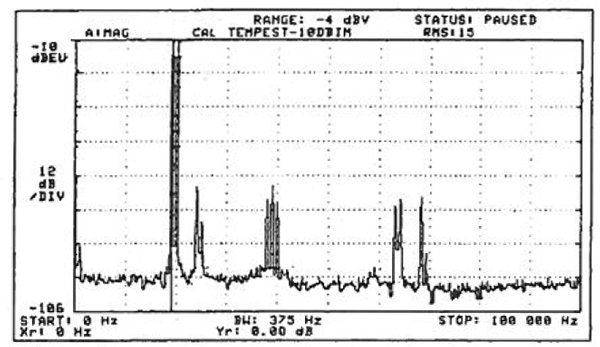
The level of 1kHz difference product was –61.1dB at full level, improving at -10dB to -72.2dB. (See fig.4, where the 1kHz product can be seen at the far left; the revised result was –68dB at –10dB modulation.) With a 1kHz tone at –60dB, the CAL showed a clean characteristic, though the third harmonic was strongest at –40dB.
A point to note is the high output impedance—high by any standard, and in fact unsuitable for some of the lower-impedance preamp inputs. The output was normal at 2.04V into a 100k load, but sourced from 4.9k ohms. Some loss of bass will be audibly evident into low-impedance loads.
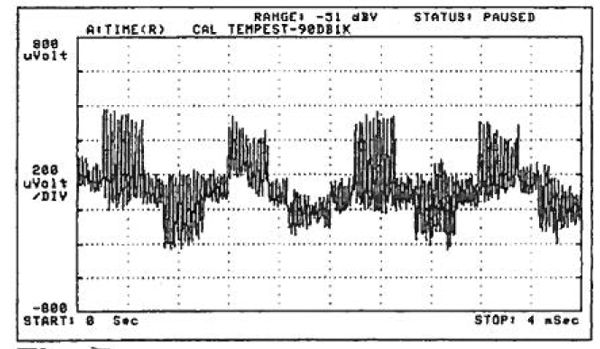
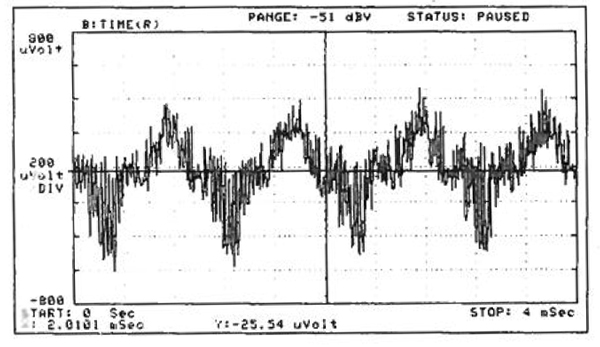
Fig.5 shows the –90dB sinewave form to be fairly smooth if the bursts of digital noise are averaged. The original Tempest did fairly well on this low-level signal, and, given a typical level error of +3.3dB (ie, a tone recorded at –90dB plays back at –86.7dB), the resolution can be estimated at 15.4-bits overall. The current version yielded a less good –90dB sinewave, but gave a fair result at –80dB (fig.6).
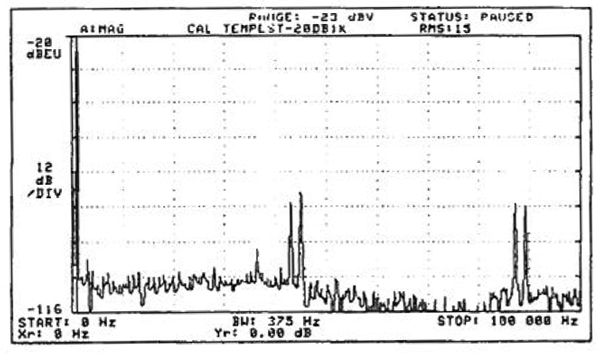
S/N ratios were very satisfactory at typically 95dB (a basic Philips will reach 105dB). As with all Philips decks, the ultrasonic spuriae varied with signal level. Fig.7 shows the spuriae plotted on a linear frequency scale from DC to 100kHz, referenced to a 1kHz tone at –20dB. The double spuriae are modulation products generated in the filtering/noise-shaping section: eg, 44kHz±1kHz, 88kHz±1kHz, all around –70dB.
The other parameters measured—de-emphasis, fingerprint, gap and dot error, immunity to shock and vibration, and freedom from any clipping on the white noise test signal—were fine. Aside from the modest full-level distortion results, there was little to suggest that this was a tube- rather than a transistor-based player.—Martin Colloms
- Log in or register to post comments



































